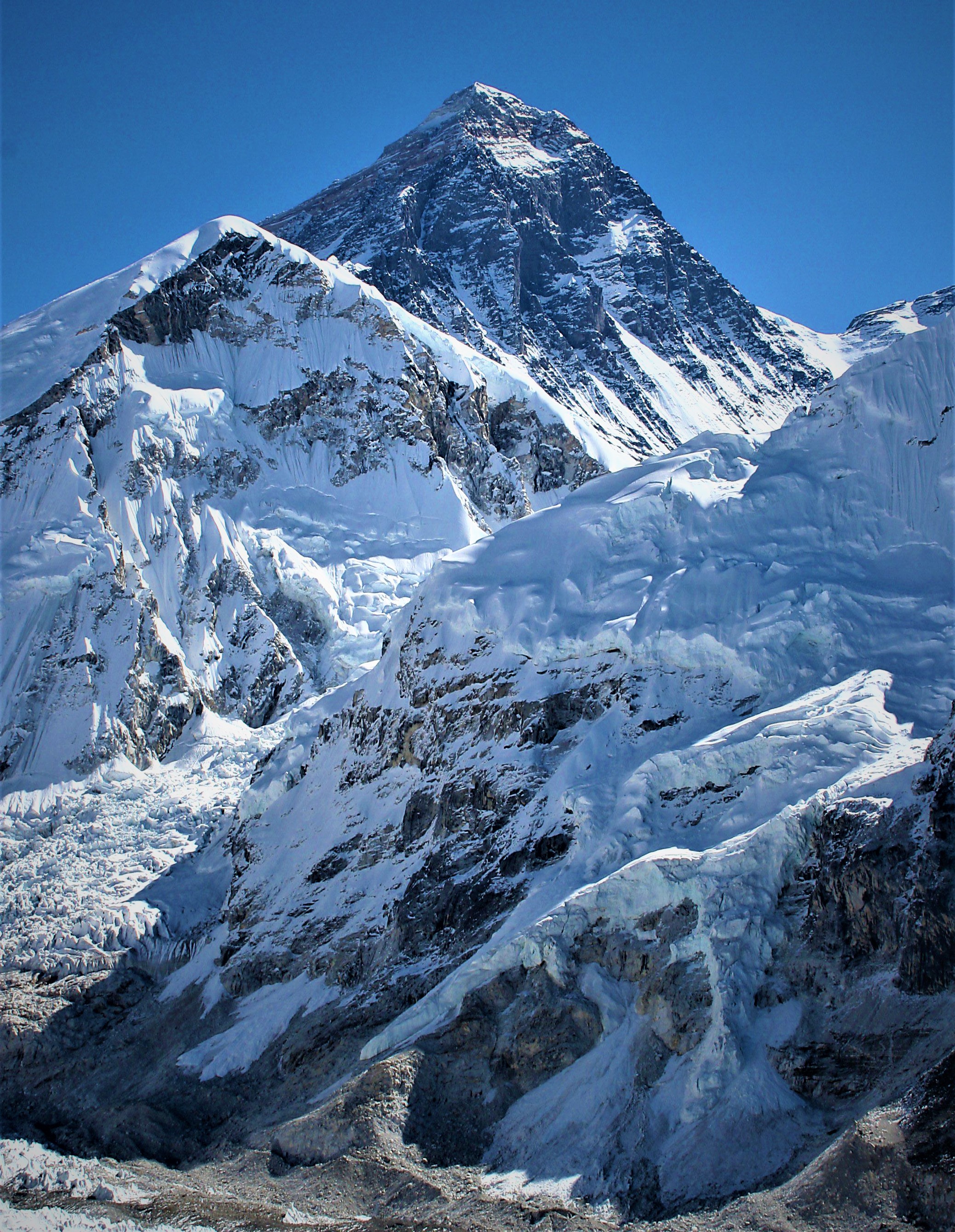
Nadim Siraj
September 19, 2020: The escalating cold war between India and China is on the verge of scaling new heights. This time, quite literally.
A new geopolitical warfront is about to open up soon, and it will centre around the highest peak on the planet – Mount Everest.
Beijing and Kathmandu are expected to soon declare a new official height of the world’s most celebrated mountain crest in the upper Himalayas. Mount Everest, whose peak sits on the political border between Nepal and Tibet (which is a Chinese-run semi-autonomous region), officially measures 8,848 metres (29,029 feet). This widely accepted height was established by an Indian survey in 1955.
THE NEW PLAN
In 2019, following increased bonhomie between China and Nepal, the two countries decided to conduct fresh surveys and to arrive at a new official height for the Everest, which is more authentically called ‘Sagarmatha’ (in Nepal), ‘Chomolungma’ (in Tibet) and ‘Zhumulangma’ (in mainland China).
Officials of the two countries had actually been planning to jointly make that announcement of the world famous peak’s new height earlier this year. But the plans had to be held back for a while due to logistical turmoil following the coronavirus pandemic.
China and Nepal have an elaborate draft agreement or MoU (memorandum of understanding) ready for the joint declaration of Everest’s new height. It’s now only a matter of time.
Last year, a team of Nepali surveyors was commissioned by the government in Kathmandu to climb the Everest as part of this new project to measure the peak’s height.
Then in May this year, during the height of the Covid-19 outbreak in China, a team of Chinese surveyors, commissioned by the Xi Jinping administration, scaled the Everest to carry out measurements for the Chinese side.

INDIA WATCHING, NOT AMUSED
Expectedly, New Delhi has been closely watching the proceedings, especially in this simmering atmosphere of tensions with a trigger-happy Beijing along the LAC (Line of Actual Control) in Ladakh and other border flashpoints.
India is keeping a hawk eye on how China and Nepal go about this tactical mission to formally agree and declare the Everest’s new height – which, if found to be different from the accepted height of 8,848 metres established in 1955 – would clearly be in defiance of the Indian-approved and globally accepted measurement.
Interestingly, a step back into history shows us that before Nepal and China turned into firm allies on various fronts in recent times, they had been at loggerheads with each other on this same topic of the Everest’s height.
Years down the line after Indian surveyors in 1955 registered the spectacular peak’s height at 8,848 metres, China and Nepal famously differed on what should be the basis of measuring the Everest’s height – should it be calculated on the basis of the peak’s rock height or should the snowcap covering the peak be included in the measurement?

ROCK HEIGHT VS SNOWCAP HEIGHT
In 2005, China had left Nepal somewhat furious by announcing that the Everest’s height should be recognised as 8,844.43 metres, which is 4 metres less than the standard height accepted at that time by Nepal, India and most other countries around the world.
China argued that its new figure was based on the rock height of the Everest, which it said should be the sole criterion of measurement of mountain peaks. It said the snowcap shouldn’t be factored in as part of the mountain’s actual mass.
Nepal, which was diplomatically closer to India during those days, had firmly trashed China’s argument, counter-arguing that the Everest’s height should be calculated only on the basis of the natural snowcap that perpetually covers the peak. And that meant the height had to be in the vicinity of 8,848 metres as measured by India in 1955 and accepted globally.
FOES TURN INTO FRIENDS
2010 turned out to be a watershed year in the lengthy battle of the Everest’s height. That’s when Kathmandu and Beijing shook hands and decided to recognise each other’s policy of measuring the famed mountain peak.
Basically, they cordially agreed to accept each other’s positions alongside sticking with their own stance.
The Chinese foreign ministry had at that time famously stated that China acknowledged Nepal’s claim that the snowcap should be factored in, while Nepal officially accepted China’s ‘rock-height’ version.
After the two countries recognised that the Everest indeed has two heights – a rock height (China) and a snowcap height (Nepal) – that understanding culminated into the much awaited joint declaration of a final, newly measured peak height after surveys by the two nations.
Also Read: Kashmir Revisited: One Year On
With India and China facing off along the restive border since the start of the summer, the eye-ball to eye-ball confrontation could only get worse if Beijing and its ally Kathmandu spark further controversy by declaring a new height for the Everest.
Only time will tell if the world’s tallest mountain is tall enough to stay above the war clouds ominously swirling in.

Is Iran really a threat to global peace as the western world wants us to believe?
Did you know that over 97% of women in Iran are literate?
Did you know that from Ranbir Kapoor to Sridevi, Iranians are crazy about Bollywood?
Get Secret Notes From Iran for the ground report from the Persian land.









